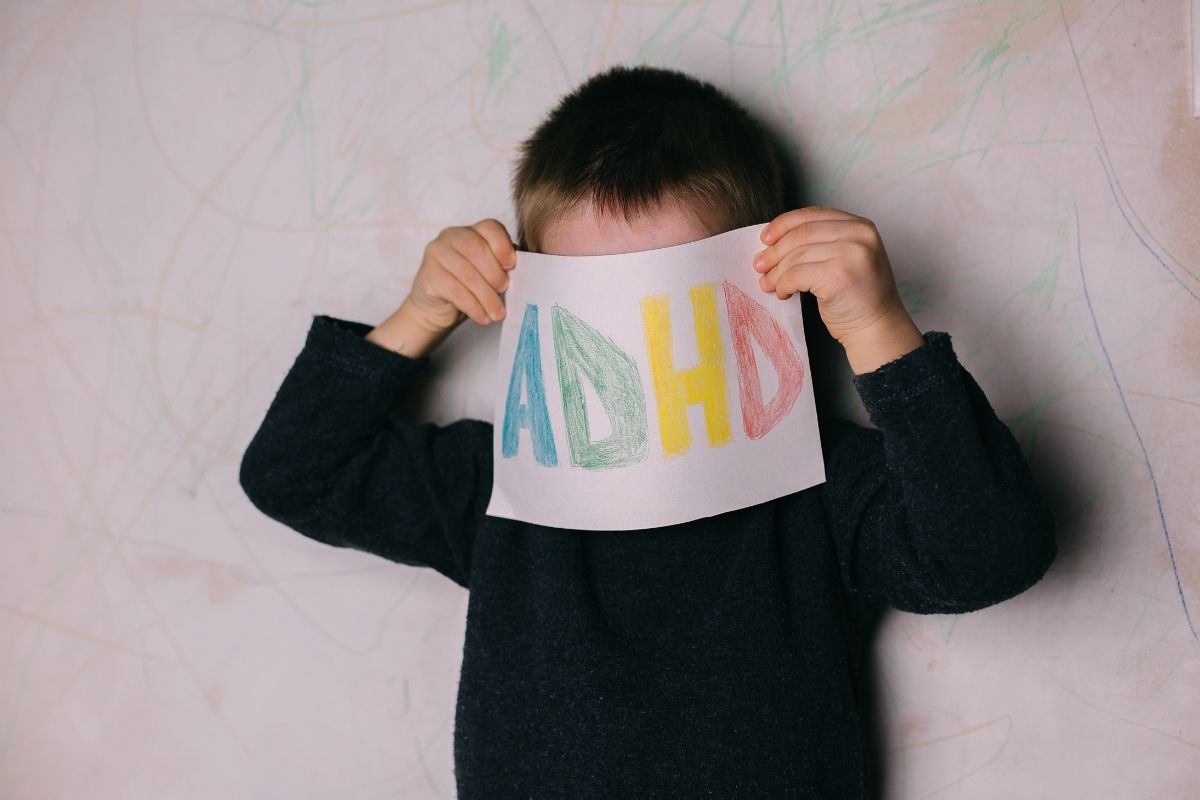In this recording of our latest Parenting Pathway class, you will hear from special guest Shannon Thornton, M.A. LPC with Chrysalis Behavioral Therapy and Counseling, who specializes in working with parents and children struggling with ADHD and Neurodiversity. As Shannon talks about her own personal experience of raising two very different children, you will begin to understand that you are not alone. There are many options available to parents today that were not available 15 years ago. There is hope for those with ADHD when using a combination of therapies, processes for developing coping skills, and sometimes medication. The first step is recognizing your child’s behavior and getting a clear understanding of the challenges your child is facing.
Watch the class recording above and view a summary of key points below.
A new movement, called the Neurodiversity Movement, is seeking to change the negative view that often follows children who have ADHD. The movement redefines these “abnormalities” as variations of brain functionality. The goal is to eliminate the stigma that surrounds these diagnoses and foster self-esteem and resilience.
Neurodiversity describes the idea that people experience and interact with the world around them in many different ways; there is no one “right” way of thinking, learning, and behaving, and differences are not viewed as deficits.
Neurodiversity (ADHD) Symptoms
Inattentive: These kids are distracted easily and struggle to remember things. They don’t pay attention to the details and have difficulty focusing when they are doing something they don’t like. But they can spend hours doing things with great focus if they are interested in the activity.
These are the things that might exhaust you as a parent…
Impulsive: In the clinical sense, this can be neatly defined as “action without foresight.” These kids often say or do things without thinking; they just do what they want to do when they want to do it. They interrupt conversations, find it hard to resist risks, and tend to have self-destructive behavior. This impairs these children’s ability to stop and consider the consequences before speaking or doing.
Hyperactive: Children with ADHD may seem to move about constantly, including in situations when it is not appropriate. They may excessively fidget, tap, or talk too much. Their movements typically have no reason or purpose. They are accident-prone and tend to be loud.
Following our Patenting Pathway Class on Knowing Your Kids, these neurodiverse kids’ innate temperament is bright YELLOW (Sanguine). In their most healthy state, these kids live in the moment, show their emotions openly, can be very persuasive teenagers and adults. These kids can be encouraging to their friends and family, they are spontaneous and fun, and they are charming.
Helping Your Child with ADHD
How can we help our kids move to their more healthy state and find their own way to process and function within the world?
- Reinforce, don’t rescue, to send them on their way to independence. You will know if you’re doing too much.
- Your child could be 3-5 years behind in one or all of the Executive Functions. Each Executive Function is in its own phase. Don’t look at your child’s age; just consider your child, period. All children are different, and they don’t all buy in to these things at the same time.
- Help them learn how to handle tasks independently (see phases below). Focus on one thing at a time, like household responsibilities or organizing school work.
Four Phases to Helping Your Child Gain Independence1
Phase 1: Motivate their effort. Direct their work.
- You set the pace, follow-up, and instruct everything. You are in the lead.
- “Here’s your homework. Have a snack before dinner so we can play a game later.”
- Focus on what works well already and point it out to your child.
Phase 2: Motivate their ownership. Model organization.
- Instead of saying, “WE need to do OUR homework,” say “YOU need to do YOUR homework.”
- Shift the ownership of planning to your child.
- When they get something after they do the work, they are more likely to do it.
- Say to them: “Here are some times you’re free to do your homework. When do you think would be a good time? When/where/how will you reward yourself?”
Phase 3: Transfer ownership. Support organization.
- Only move to this phase when it matters to them. It has to be something they want. Their ownership is their buy-in. If your child hasn’t shown it matters, you are still in Phase 2.
- Say to them: “If you want to get to school 30 minutes early, what needs to happen differently in the morning?” “What are some ideas you have?” “What is your plan for the rest of the day?” “I think it’s great that you want to…”
Phase 4: Empower independent thinking. Champion success. Troubleshoot.
- Speak only when spoken to unless you’re praising their efforts.
-
Retrieved from www.additudemag.com and provided to the class.

